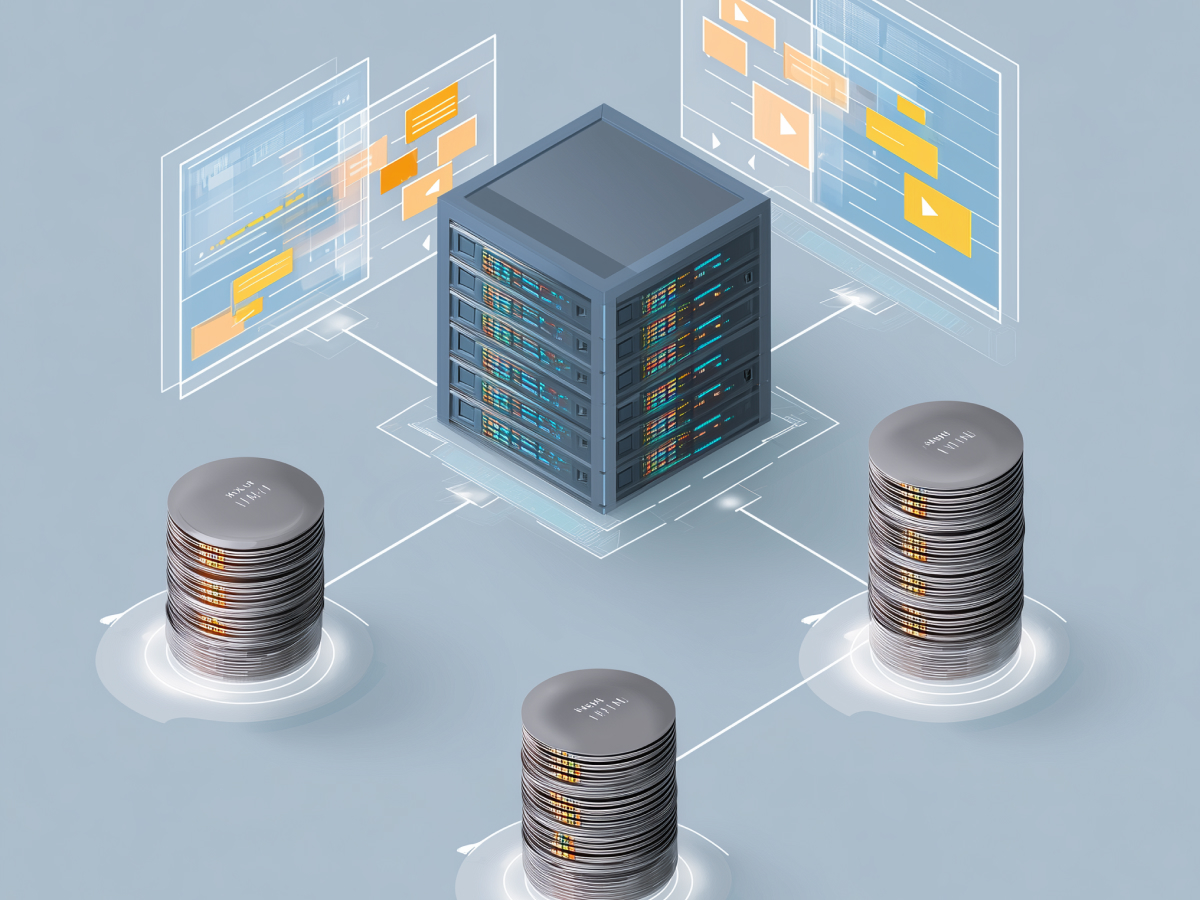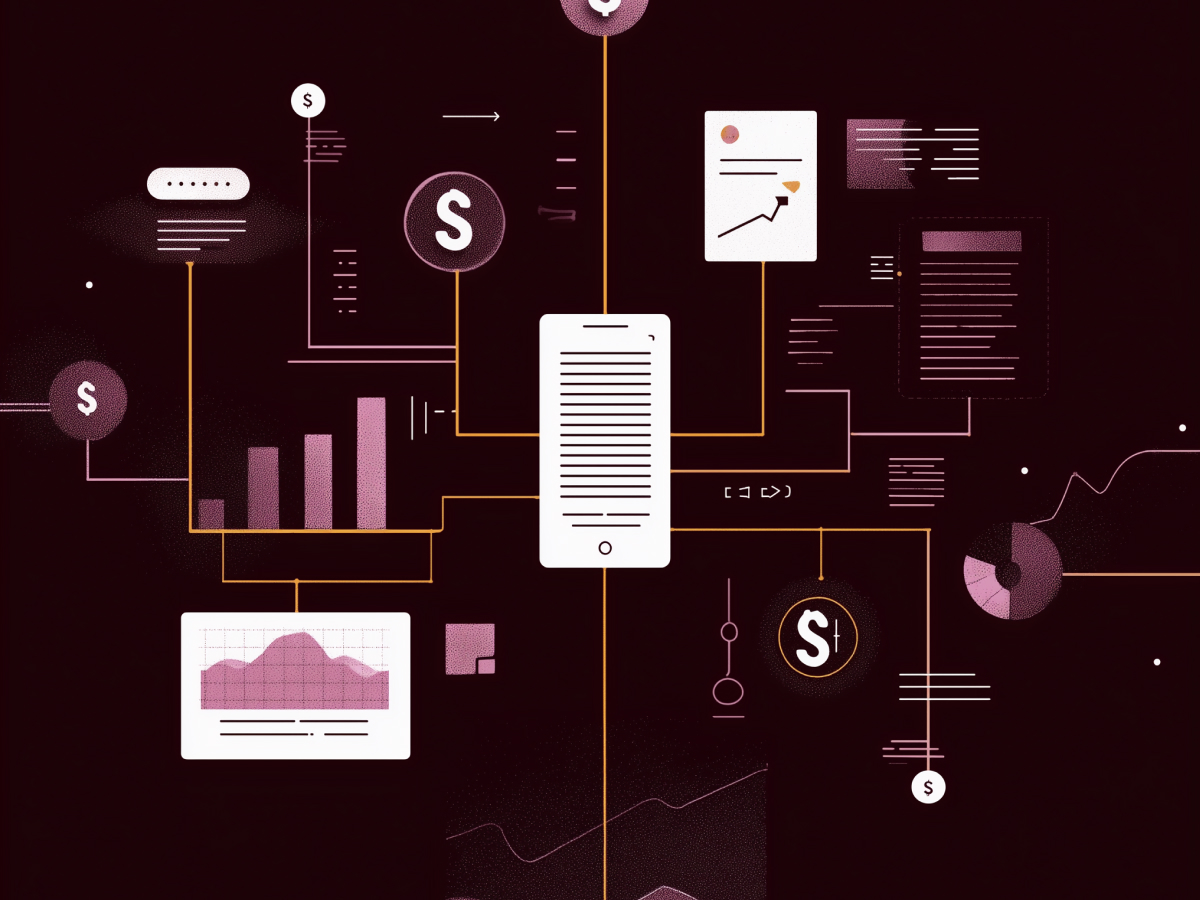Aberdeen’s 2024 State of CX report details how leading companies are leveraging advanced technologies to create exceptional customer experiences (CX). Prioritizing technologies such as AI, automation, and analytics, these companies manage to greatly outperform their peers.
How advanced technologies are reforming CX programs
The 2024 State of CX report identifies AI, automation, and analytics as the core technologies driving superior customer experiences. Companies must lean heavily into these advanced technologies to streamline operations, improve efficiency, and deliver personalized customer interactions.
For example, AI-powered chatbots and virtual assistants provide instant support, reducing response times and increasing customer satisfaction. Automation simplifies repetitive tasks, freeing up employees to focus on more complex customer issues. Analytics provide deep insights into customer behavior, helping businesses anticipate needs and tailor services accordingly.
High customer retention and satisfaction rates are directly linked to greater revenue growth. Organizations that excel in these areas report a 42% increase in annual revenue compared to just 1.9% for others. Companies that prioritize customer experience are better positioned to retain customers, drive satisfaction, and achieve sustainable growth.
What CX leaders aim to achieve for ultimate success
The report identifies the primary goals of CX leaders, highlighting their focus on reducing costs, improving efficiency, and driving customer satisfaction. Understanding these priorities, businesses can better align their strategies to achieve similar successes in their own CX efforts.
According to the report, here are the top priorities driving CX leader strategies:
- Reducing costs and improving efficiency (40%): CX leaders prioritize cost reduction and efficiency improvements to optimize their operations. Implementing AI and automation, they streamline processes, reduce overheads, and maximize resource utilization – so enabling businesses to deliver high-quality customer experiences while maintaining cost-effectiveness.
- Improving customer satisfaction (39%): Boosting customer satisfaction remains a top priority for CX leaders. They implement advanced analytics to uncover insights into customer preferences and behaviors, which then fuels more personalized interactions. Ultimately, this often exceeds customer expectations, building up valuable loyalty and long-term engagement.
- Retaining existing customers (28%): Retaining customers is a must for sustained growth. CX leaders use technology to build stronger relationships with their existing customer base. Through providing consistent, high-quality experiences, they can boost customer loyalty and reduce churn rates, securing a stable revenue stream.
- Increasing top-line revenue (28%): Increasing revenue is a core goal for any business. CX leaders drive revenue growth by leveraging technology to identify new opportunities, optimize pricing strategies, and optimize sales processes. Data-driven approaches like these better equip organizations to capture market share and boost profitability.
- Increasing the number of new customers (20%): Attracting new customers is essential for business expansion. By using AI and customer analytics, CX leaders identify and target potential customers more effectively. Their strategic marketing initiatives and personalized outreach efforts result in higher acquisition rates and expanded market presence.
What sets best-in-class organizations apart
Best-in-class organizations make up the top 20% of companies that excel in customer retention and satisfaction. They achieve superior performance metrics, driving transformative improvements in revenue and response times. Here are 4 best-in-class performance and success metrics to keep a close eye on:
- Customer retention rate: Best-in-class organizations boast a 79% customer retention rate, far higher than the 53% retention rate of other companies.
- Customer satisfaction improvement: Top performers achieve a 42.3% improvement in customer satisfaction, compared to just 1.3% for others, driven by a sharp focus on personalized and responsive service.
- Annual company revenue growth: Best-in-class organizations report a 42% improvement in annual company revenue. By strong contrast, other companies see only a 1.9% revenue improvement.
- Response time improvement: These organizations improve response times by 25%, far surpassing the 2.1% improvement seen by others.
Businesses must study the strategies and technologies employed by best-in-class organizations to find valuable insights into achieving similar success. Prioritizing customer experience and leveraging advanced technologies are key and foundational steps toward becoming a CX leader.
5 must-have technologies for staying ahead in CX
1. Artificial Intelligence
AI helps in automating routine tasks and analyzing great amounts of data to optimize operational efficiencies. AI powers chatbots and virtual assistants, which provide instant support, reduce wait times, and handle a wide range of customer inquiries.
In turn, this boosts customer satisfaction while freeing up human agents to focus on more complex issues. AI’s predictive capabilities also help businesses more accurately anticipate customer needs and personalize interactions accordingly.
2. Customer analytics
Customer analytics collects and analyzes data from various touchpoints to build a comprehensive view of customer behavior. Insight generated here lets businesses better tailor their offerings and communications to meet individual needs.
Analytics also feeds into AI tools, augmenting their accuracy and effectiveness. Through understanding patterns and trends, companies can lean into AI to make better-informed decisions, ultimately driving up customer satisfaction and retention rates.
3. Customer communications & contact centers
Efficient customer communications and well-managed contact centers are key for expertly handling high interaction volumes. Advanced contact center solutions integrate multiple communication channels, including phone, email, chat, and social media, providing a seamless experience for customers.
These systems typically use AI to route inquiries to the best-suited agents and provide real-time assistance, guaranteeing quick and accurate responses. Comprehensive integration also improves service delivery response times and consistency.
4. Automation
Through carefully automating repetitive tasks, companies can reduce errors, save time, and lower costs. Automation tools handle processes such as data entry, order processing, and customer follow-ups, letting employees shift their focus on value-added activities. While the time and monetary cost of setting up automated systems may seem daunting, it pays off in the long run when implemented right.
5. Employee virtual assistants
Employee virtual assistants support staff by automating administrative tasks and providing quick access to information. AI-driven tools help employees manage their workloads, which in turn maximize productivity and build up job satisfaction.
For example, virtual assistants can schedule meetings, set reminders, and retrieve relevant data, letting employees spend more time on strategic initiatives and meaningful customer interactions.
Best-in-class organizations invest in technology to support their CX strategies
Content management systems
Content management systems (CMS) are very helpful for delivering consistent and relevant information to customers. A well-designed and built CMS helps businesses manage digital content across its different channels so that customers have access to up-to-date and accurate information. They’re particularly important for sustaining a cohesive brand image and offering self-service options.
E-commerce platforms
E-commerce platforms are key to the customer experience, especially in today’s digital-first environment – providing a seamless shopping experience, from browsing to checkout, and offering personalized recommendations based on customer behavior.
Advanced e-commerce solutions also integrate with other systems, such as CRM and inventory management, to deliver a unified experience.
Customer self-service systems
Customer self-service systems empower customers to find answers and resolve issues independently, including FAQs, knowledge bases, and community forums, which reduce the burden on customer support teams. Self-service options improve customer satisfaction by providing immediate assistance and freeing up resources for more complex inquiries.
Expert approaches to implementing CX technologies
Tailor CX technologies to fit your business needs
Implementing advanced CX technologies requires them to be carefully customized. A one-size-fits-all approach is ineffective here, as each business has unique objectives and challenges.
Customization makes sure that the technology used aligns well with the company’s specific goals and processes, and typically involves configuring tools to meet particular needs, integrating them with existing systems, and training staff to use them effectively.
Consider business objectives and values
When selecting and deploying CX technologies, the company’s overall objectives and values must be considered as a priority. Chosen solutions must support long-term business goals, such as improving customer satisfaction, cutting costs, or increasing revenue.
They should also closely align with the organization’s values, such as a commitment to customer-centricity and innovation. Strategic alignment – which can be easily rushed through – helps make sure that the technology investments deliver maximum value.




